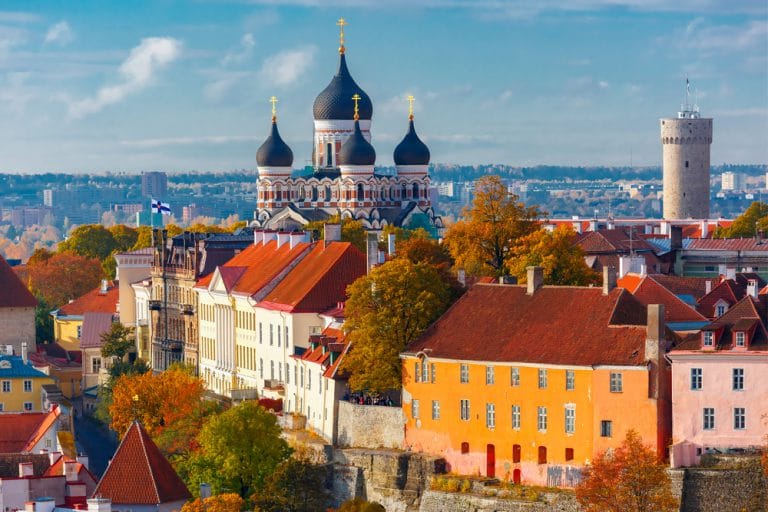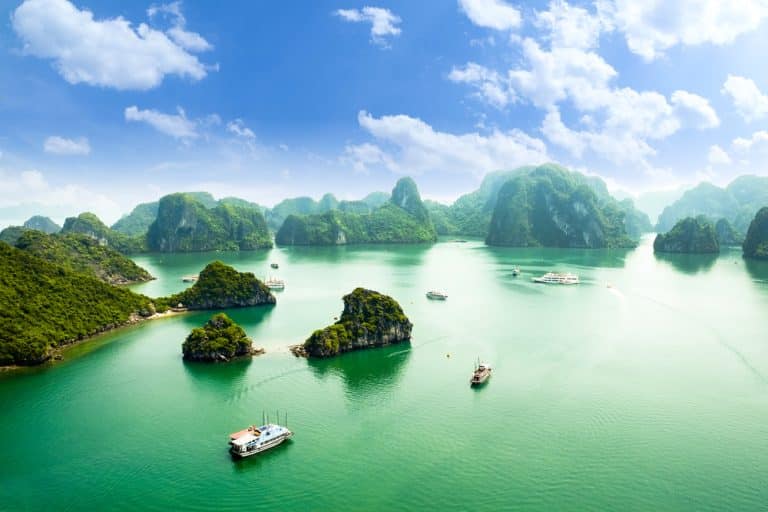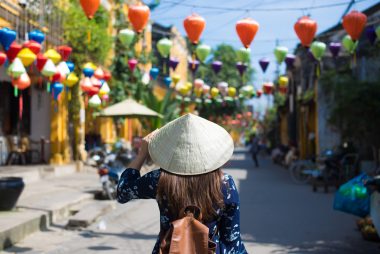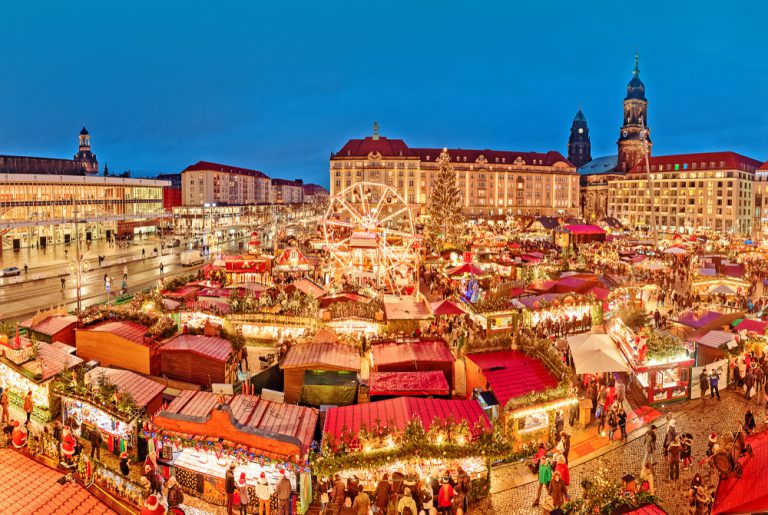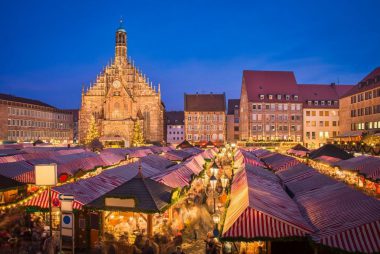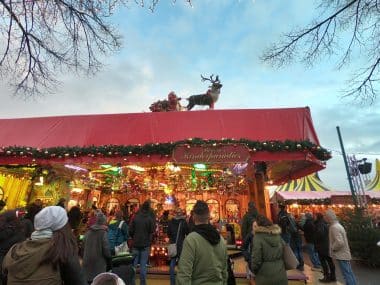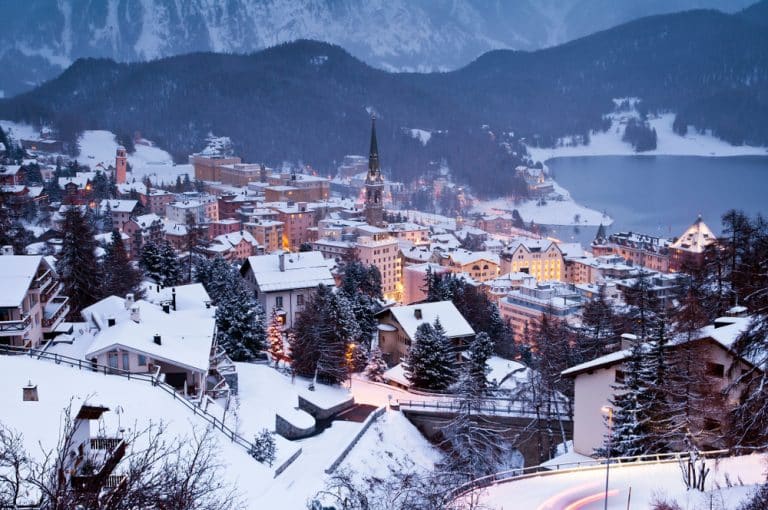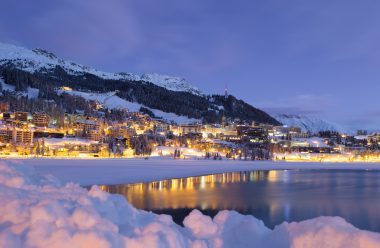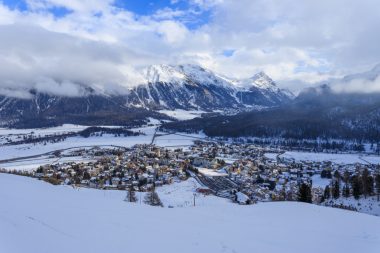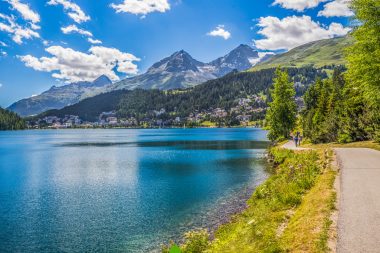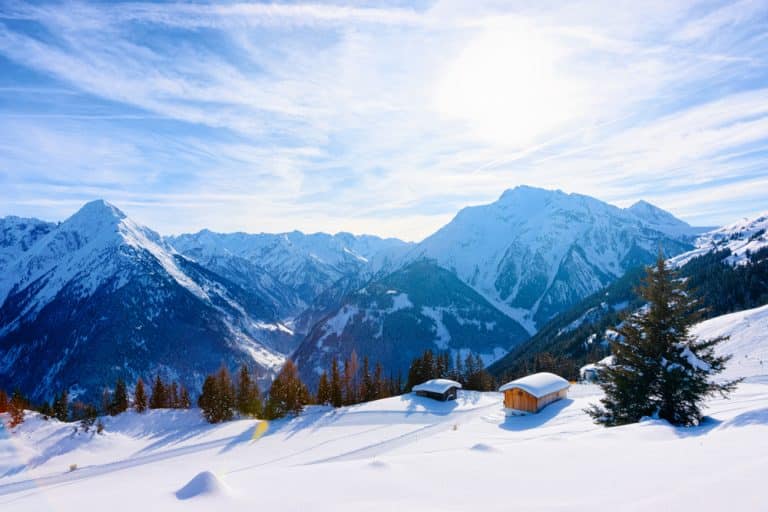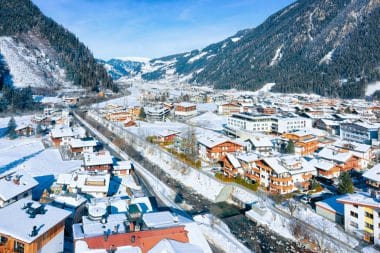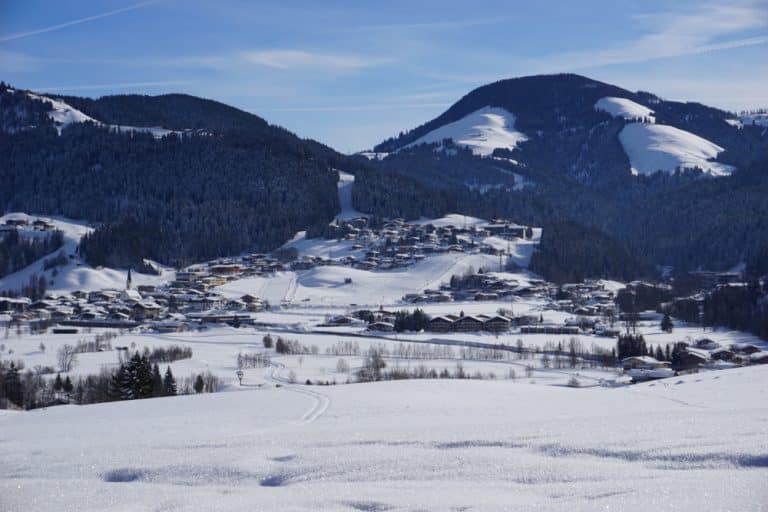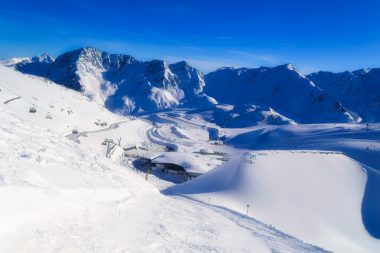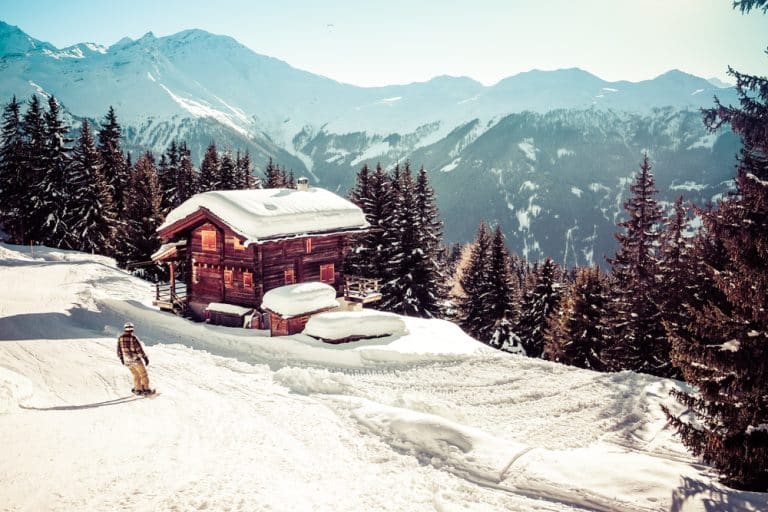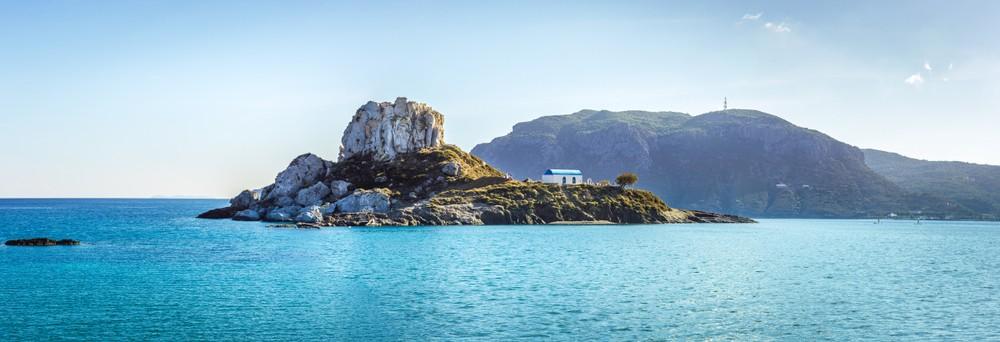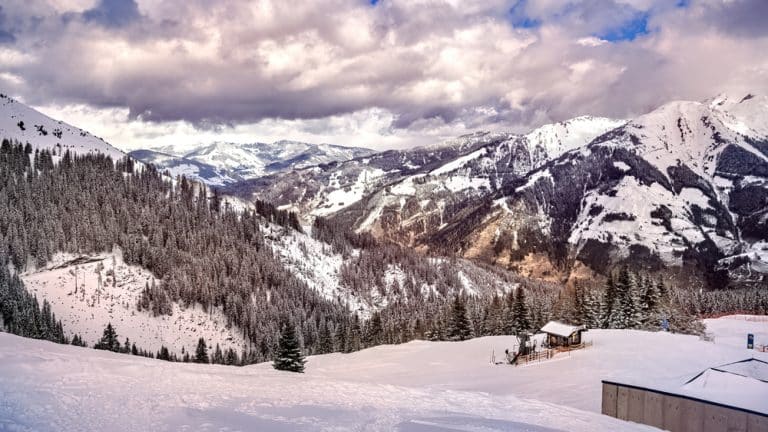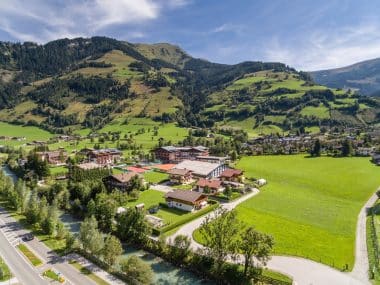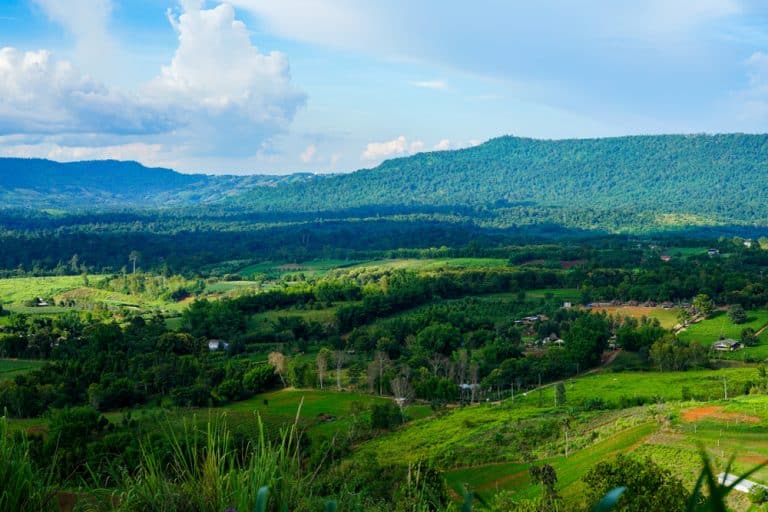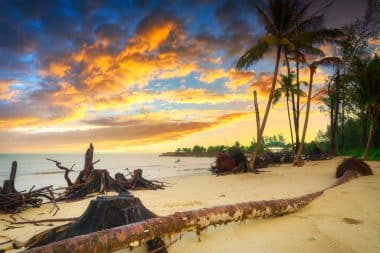Tallinn, the capital of Estonia on the Baltic Sea, is a stunning destination that many people don’t even have on their radar yet. The city is very compact and versatile, so you can experience a lot in a short time. From large, modern city impressions to magnificent Gothic architecture and wonderful impressions of the countryside and on the coast, Tallinn offers something for every taste.
Tallinn: the jewel of the Baltic States
In every city trip , you usually aim for the city center first. If you are looking for sightseeing objects and the typical local atmosphere, you will usually find what you are looking for in the old town centre. What distinguishes Tallinn is the best-preserved Old Town in Northern Europe. Its Gothic towers, romantic cobblestone streets and medieval architecture make Tallinn the pearl of the Baltics.
Tallinn – Every side street is a photo motif!

While in many places very special, individual buildings have to serve for photo motifs from all over the world, in Tallinn one can confidently pronounce a toast to digital photography. The authentic charm of the ancient buildings can be discovered in almost every side street. Not only old churches with Gothic, high pointed towers, but also old barns and gigantic houses of former merchants inspire in Tallinn on every corner.
Kohtuotsa: This view is inimitable
From the Kohtuotsa observation deck, holidaymakers can admire the rooftops of the Old Town and enjoy views of Tallinn and the harbour beyond towers, red roofs and chimneys (punctuated by surreal-looking modern skyscrapers). This view is truly unparalleled and is a recommendation at any time of the year.
The top 5 things to do in Tallinn
On a city trip, there are always a few must-sees. Certain fixed points almost have to be worked off in order to be able to cover the destination comprehensively. In Tallinn, these are the following five destinations:
Katharinental Castle
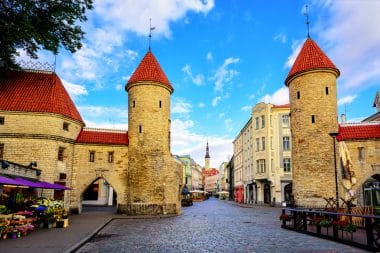
While Tallinn’s Old Town is mainly home to medieval and Gothic architecture, Catherine’s Valley Palace attracts tourists with its luxurious splendour and Baroque style, dating back to Tsarist times (Tsar Peter the First had the palace built for his wife Catherine at the time). The front and the park, including the wonderful fountains of the ensemble, is impressive. Inside there is a large collection of international art.
The Kadrioru Park
In good weather conditions, Kadrioru Park is a destination worth visiting. 70 hectares of city park captivates with dreamlike ponds, romantic pavilions, lovingly landscaped flower fields and impressive details. Under the Estonian sun, the park invites you to linger and is ideal for long walks.
The city wall
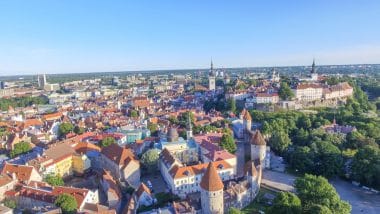
What used to deter enemies is now a tourist attraction where art is exhibited and sold, and a small, traditional bakery (the Müüriääre Pagaripood) sells its delicacies. The impressive walls including defensive towers offer many photo motifs. Medieval charm at its best!
The Balti Jaam Market
At Balti Jaam (the Baltic Railway Station) there is a three-storey marketplace that is unique. Here, emphasis is placed on quality, craftsmanship and health. In addition to Estonian handicrafts and thus individual souvenirs and memorabilia, the food on offer here is fantastic. If you really want to try original and traditional Estonian food, you are in good hands at Balti Jaam Market. Specialties from Estonia/Tallinn are very similar to Russian cuisine: mostly plain and simple, but delicious. Here you will find delicious, rustic fish dishes, meat dishes mostly with pork, sauerkraut, potatoes, mushrooms and milk or cream products on the plate. Truly a delicacy and nowhere more authentic to be found than here!
The Helios Hall
To experience something in Tallinn that is truly special and modern, head to Helios Hall. When you enter this art museum, it almost feels like you’re in another world, or at least a completely different time zone, after the medieval old town, the rustic impressions, the Gothic churches and baroque palace gardens. Here, artists such as the Art Nouveau star Gustav Klimt, the tragic Van Gogh or the impressionist Claude Monet are breathed new life. Their paintings are staged by light and sound effects and appear almost three-dimensional. For art lovers, Helios Hall is a dream come true.


